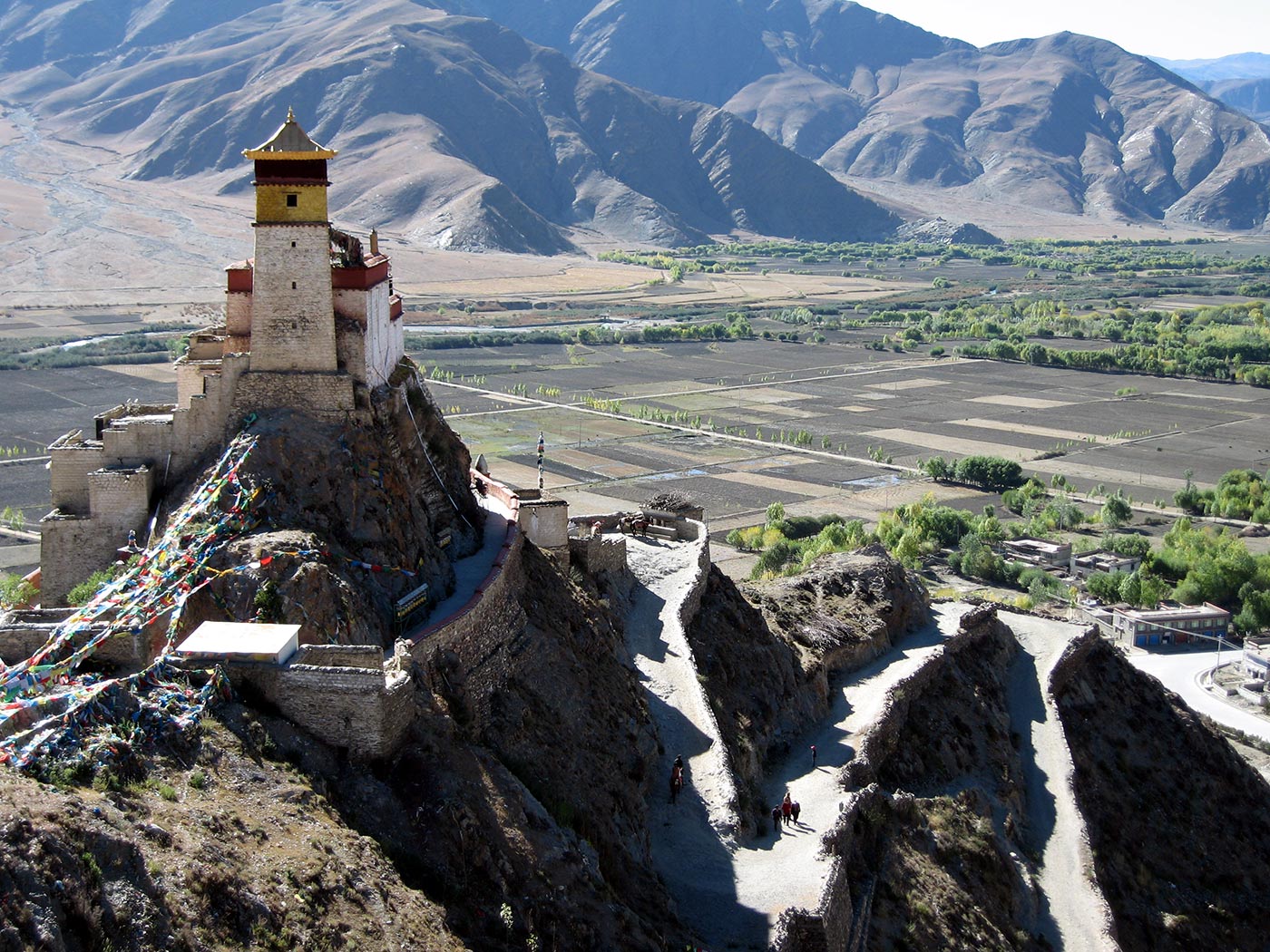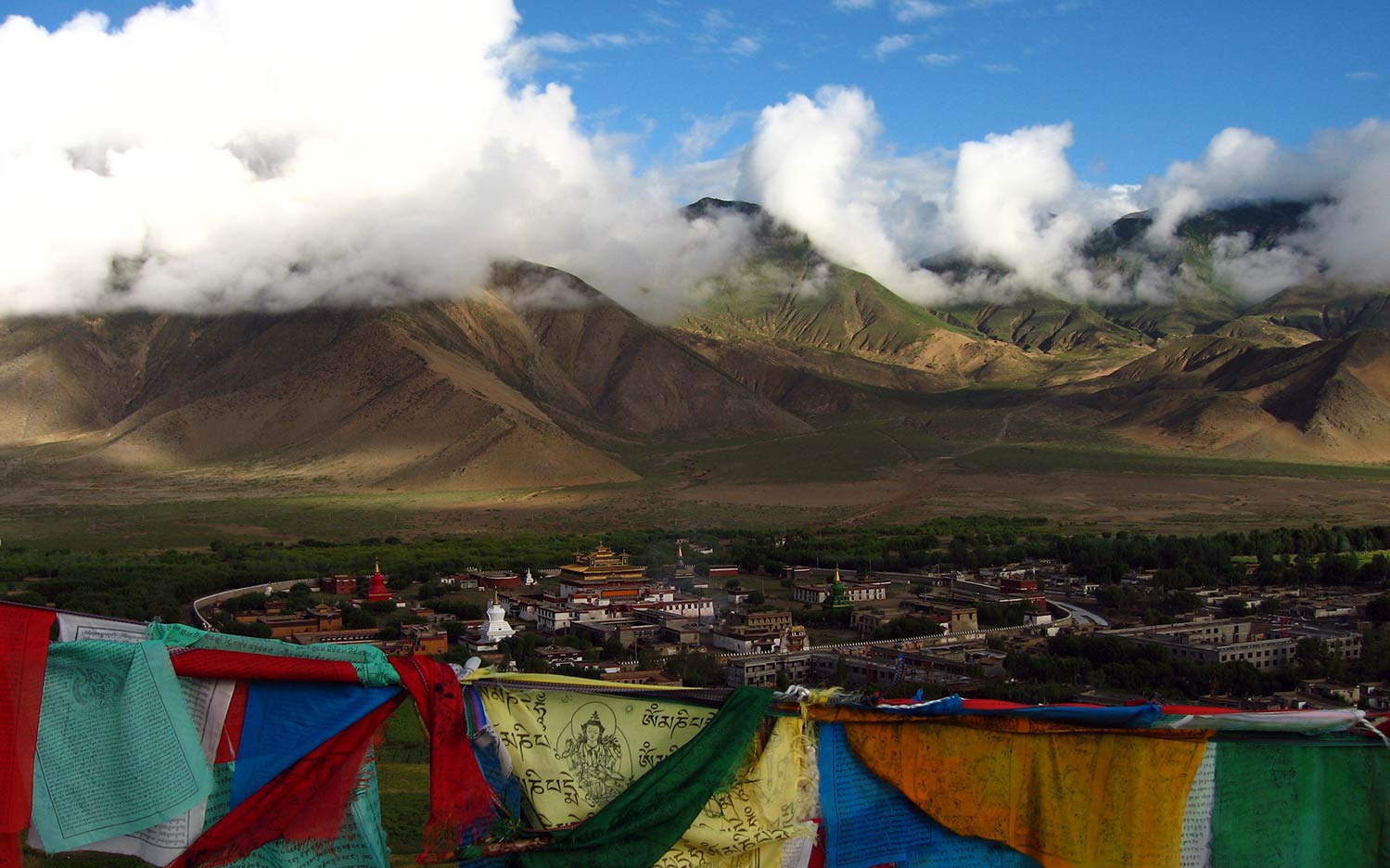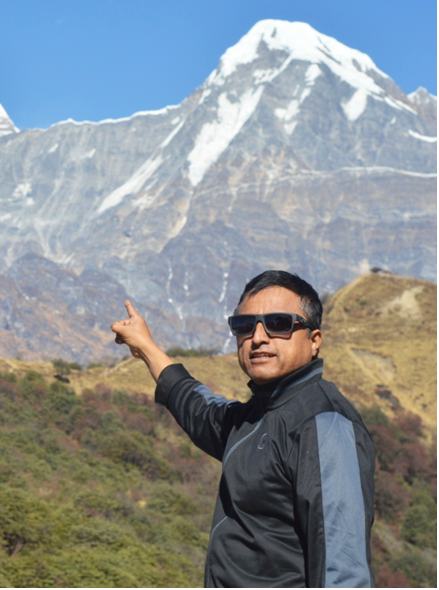Trip Introduction
A tour of Kathmandu and Tibet is a journey that takes you to the heart of two of the most fascinating and diverse regions in the world.
Tour of Kathmandu will take you on a journey through time as you explore the ancient temples, shrines, and palaces that dot the city. You’ll marvel at the intricate carvings and rich history of the Swayambhunath Stupa, also known as the Monkey Temple, and the Pashupatinath Temple, one of the most important Hindu temples in the world. The tour will also take you to the Durbar Square, home to the ancient palace of the Kathmandu kings, and the Boudhanath Stupa, one of the largest Buddhist stupas in the world.
After exploring Kathmandu, you’ll head to Tibet, also known as the roof of the world, where you’ll explore the rich culture and history of the region. This tour will take you to some of the most iconic and historically significant sites in Tibet. You’ll visit the Potala Palace, the former residence of the Dalai Lama, and Jokhang Temple, one of the most important pilgrimage sites for Tibetan Buddhism. You’ll also have the opportunity to explore the monasteries of Drepung and Sera, which were once centers of Tibetan Buddhist learning and culture.
Throughout the tour, you’ll also have the opportunity to experience the traditional culture and way of life of the Tibetan people. You’ll learn about the local customs, traditions, and the importance of Buddhism in daily life. You’ll also have the chance to try traditional Tibetan cuisine and see the local art and craft.
The tour will also take you to the beautiful landscapes of Tibet, including the holy lake of Yamdrok, the turquoise lake surrounded by mountains, and Mount Everest Base Camp, where you’ll have the opportunity to see the world’s highest peak up close.
Overall, a tour of Kathmandu and Tibet is a journey that will take you to the heart of the Himalayas, where you’ll discover the beauty of the landscapes, the culture, and the people of Nepal and Tibet. It’s an opportunity to reconnect with nature, immerse yourself in the rich culture and history of the region, and make memories that will last a lifetime.







